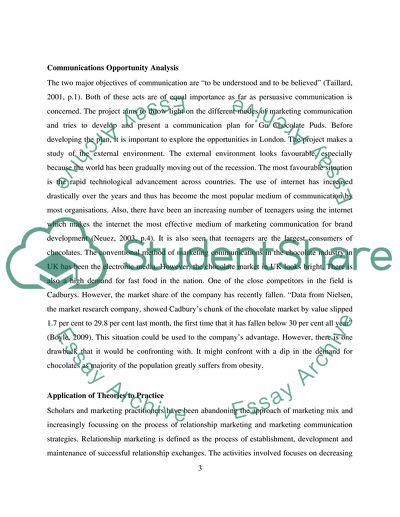Cite this document
(Marketing Communications, Application of Theories to Practice Assignment - 1, n.d.)
Marketing Communications, Application of Theories to Practice Assignment - 1. Retrieved from https://studentshare.org/marketing/1748769-marketing-communications
Marketing Communications, Application of Theories to Practice Assignment - 1. Retrieved from https://studentshare.org/marketing/1748769-marketing-communications
(Marketing Communications, Application of Theories to Practice Assignment - 1)
Marketing Communications, Application of Theories to Practice Assignment - 1. https://studentshare.org/marketing/1748769-marketing-communications.
Marketing Communications, Application of Theories to Practice Assignment - 1. https://studentshare.org/marketing/1748769-marketing-communications.
“Marketing Communications, Application of Theories to Practice Assignment - 1”, n.d. https://studentshare.org/marketing/1748769-marketing-communications.


